The Best Time to Visit New Zealand: A Month-By-Month Breakdown
Deciding the best time to visit New Zealand is a puzzle many travellers face when planning their journey to (arguably) the most beautiful country in the world. As someone who called New Zealand home for three years, I’ve had the unique opportunity to experience the diverse climates and seasons that make New Zealand a year-round destination. Drawing from my travels across the country, from the sandy beaches of the North to the rugged mountains of the South, I bring a semi-local perspective to guide you through the best time to visit New Zealand.
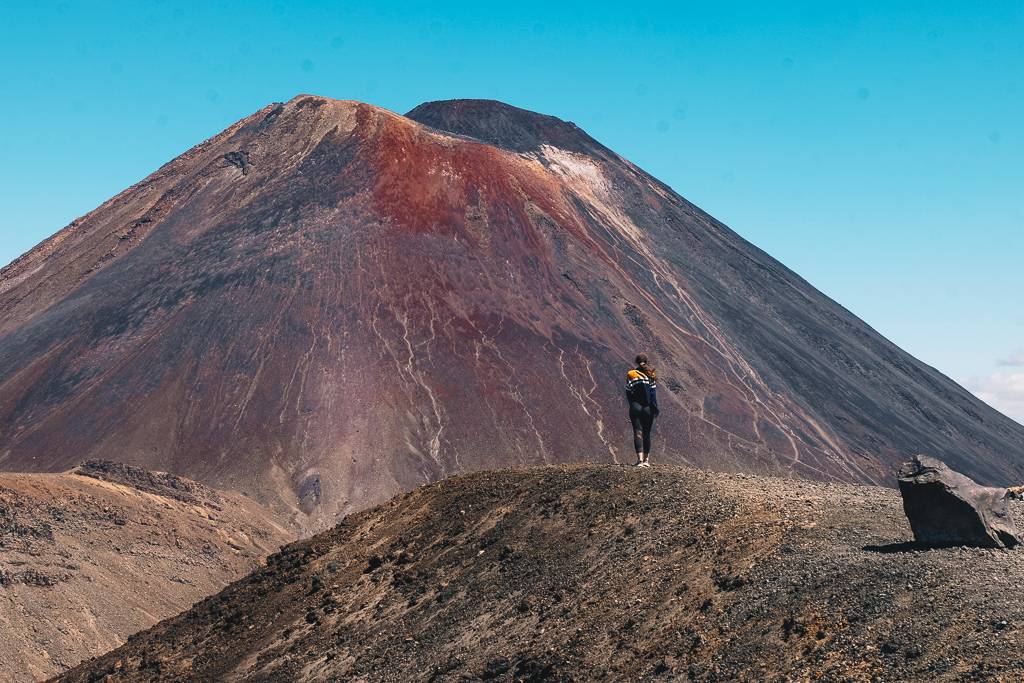
Tongariro National Park
Which month is best to visit New Zealand? It’s a question with many answers, as each season offers an array of activities. Whether you’re an adventure seeker eager to bungee jump in Queenstown or a nature enthusiast looking to hike the Tongariro Alpine Crossing, timing is everything. Also understanding the cheapest time to visit New Zealand can significantly impact your travel budget and overall experience.
The Best Time To Visit New Zealand by Month
January and February
In January and February, New Zealand is at its warmest. January and February are New Zealand’s warmest months, featuring long, sunny days averaging between 14.3°C (57.7°F) and 25.9°C (78.6°F) with minimal rain. The North Island is generally warmer and more humid, while inland areas may see days above 30°C (86°F); southern alpine regions are cooler at night.
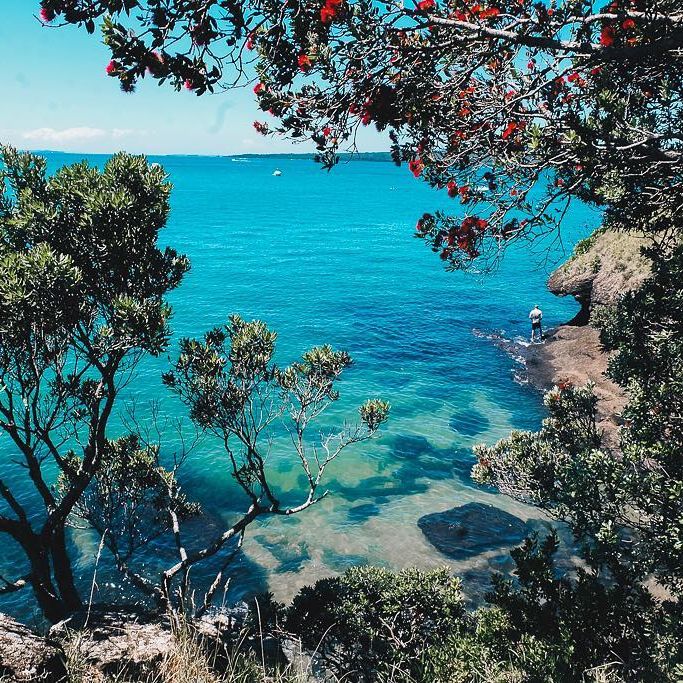
These months are perfect for beach goers and outdoor enthusiasts. National parks like Tongariro become hot spots for hikers, meaning they do become quite busy. Abel Tasman National Park’s beaches are ideal for swimming and kayaking. Adventure seekers usually flock to Queenstown for bungee jumping and skydiving during these months. The thrill of these activities, against the backdrop of the South Island alps is unmatched. Basically, if warm weather and outdoor activities are your thing, January and February are the best time to visit New Zealand.
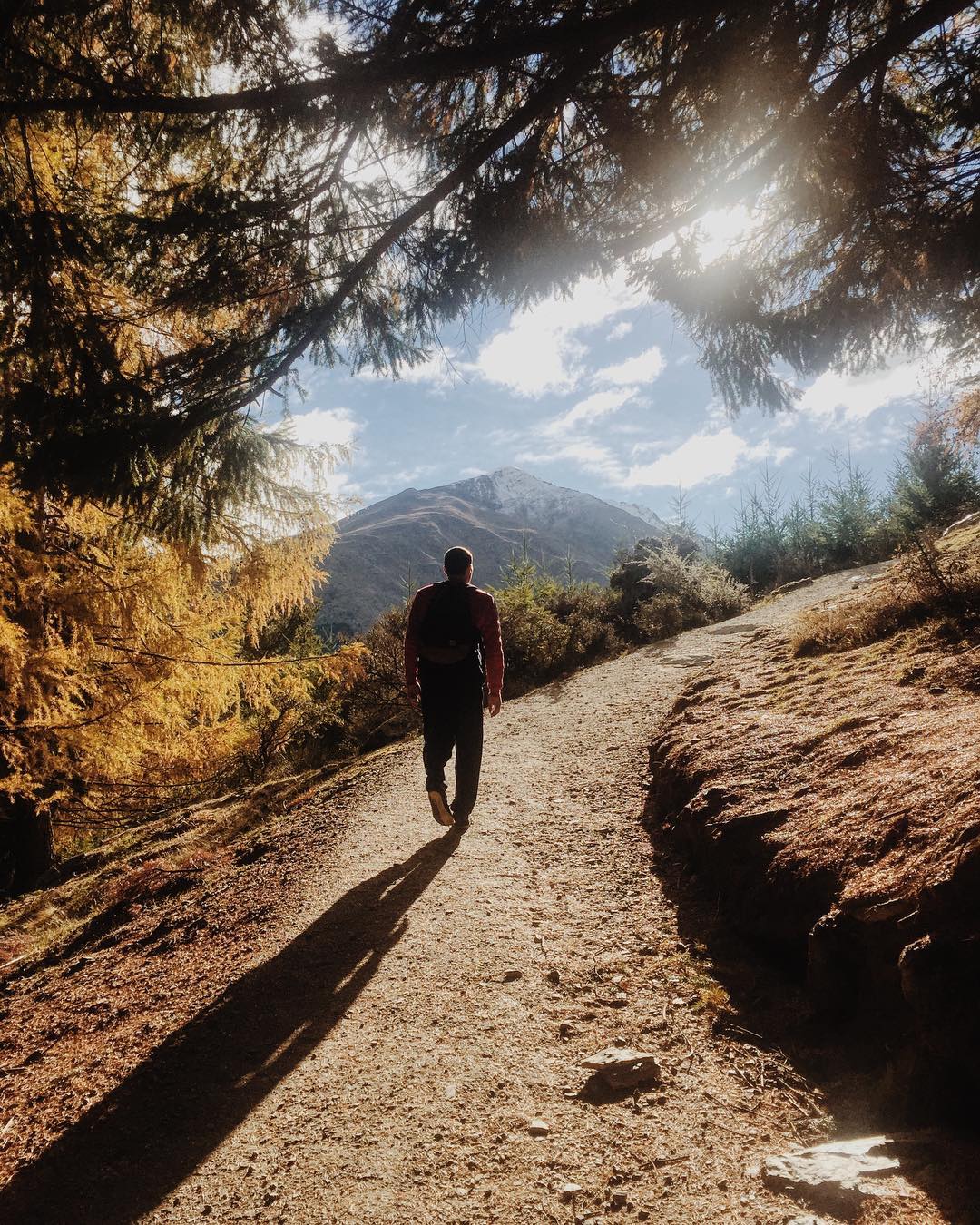
Music festivals fill the calendar during these months. From music to art, there’s an event for everyone. There’s Rhythm & Vines in Gisborne and Laneway Festival held in Auckland. A highlight is Splore, held in late February, bringing New Zealand’s closest experience to a Glastonbury-style festival. With a diverse lineup, camping, and a strong focus on sustainability and art, Splore creates a unique, boutique atmosphere distinctly its own. You can view my photo-blog from Splore festival here.
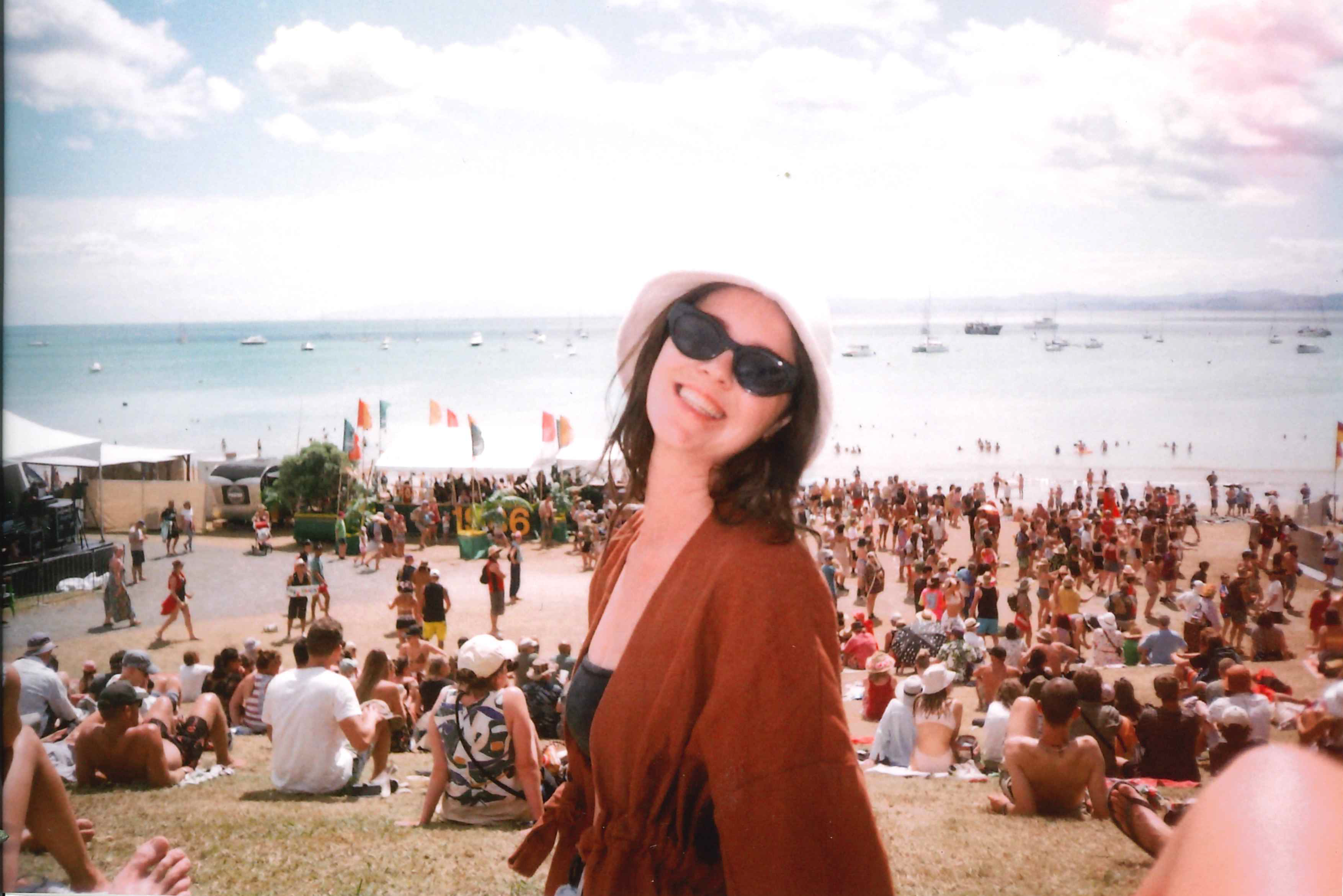
Holly at Splore Festival 2020
One thing to remember is January is New Zealand’s school summer holidays, so most areas will be busier compared to other months. However, in a country of only 6 million, crowds will never be as bad as other countries holidays. As peak season also means more tourists and higher prices, it means accommodations and tours book up quickly. Planning ahead is crucial to secure spots and avoid high costs.
March and April
March and April bring temperatures ranging from 10-13°C (50-55°F) at night to 19-21°C (66-70°F) during the day, ideal for outdoor activities amid a mix of sunshine and showers. While the North Island remains warmer, the South Island, particularly higher up alpine regions, may experience cooler temperatures and occasional snowfall in April.
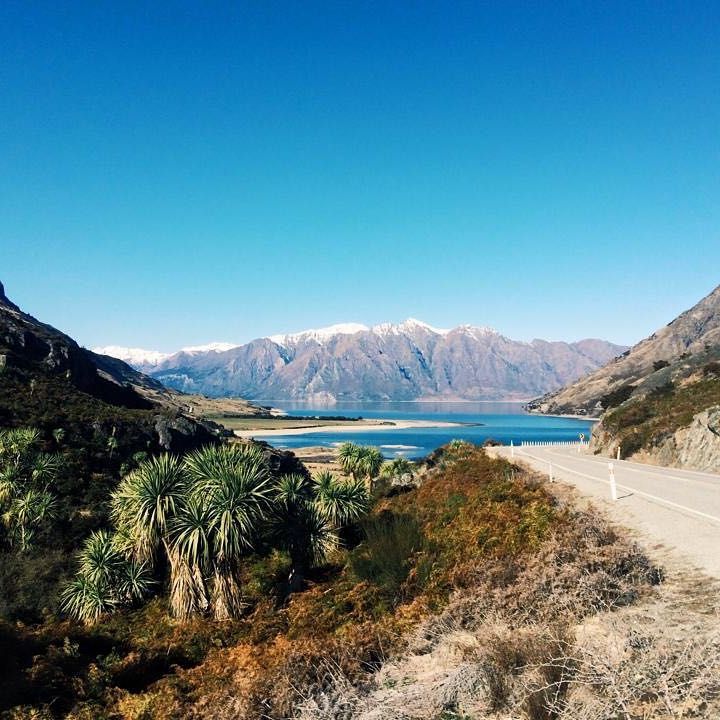
March to April marks the best time to visit New Zealand for those who love sunny days but cooler temperatures. The temperature is usually pleasant, making it ideal for outdoor activities. As summer crowds leave, you enjoy more space and much cheaper rates. This period is perfect for hiking and biking in national parks like Abel Tasman or taking on The Kepler Track.
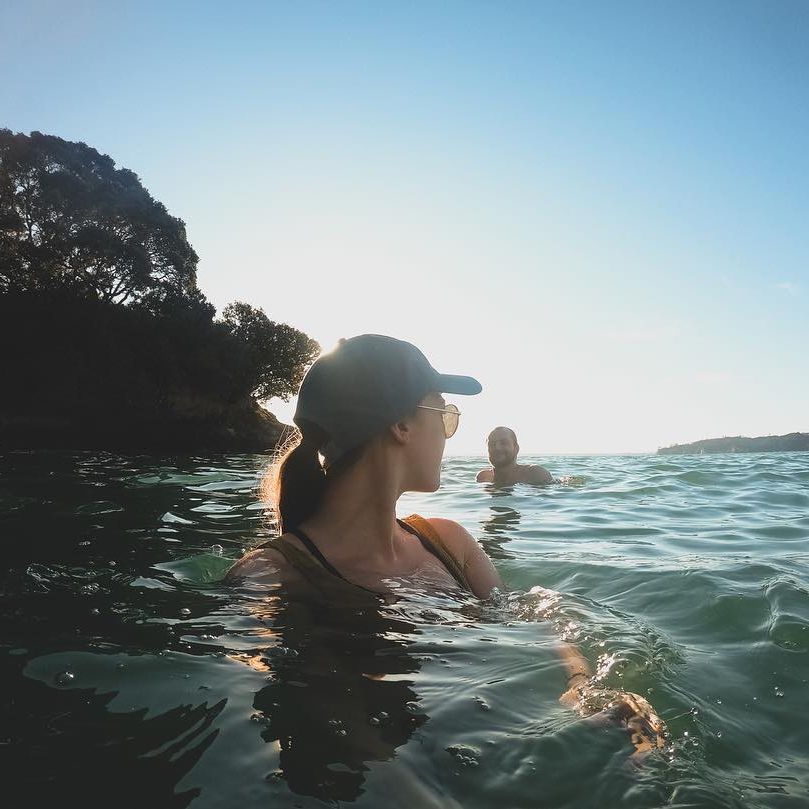
March and April’s mild weather makes them ideal for unique outdoor festivals celebrating New Zealand’s culture and the arrival of spring. From the adventurous Hokitika Wildfoods Festival in March to the colourful Queenstown Garden Festival and the artistic Nelson Arts Festival, these months are packed with events that showcase the best of local culture and food.
Wine enthusiasts will find this the best time to visit New Zealand’s renowned wine regions, as they align with the grape harvest season. This period offers visitors a chance to witness the winemaking process, from grape crushing to tasting new vintages. Additionally, these months see fewer tourists, allowing for more intimate winery experiences and easier access to popular tours, with the bonus of local wine festivals celebrating the season’s harvest.
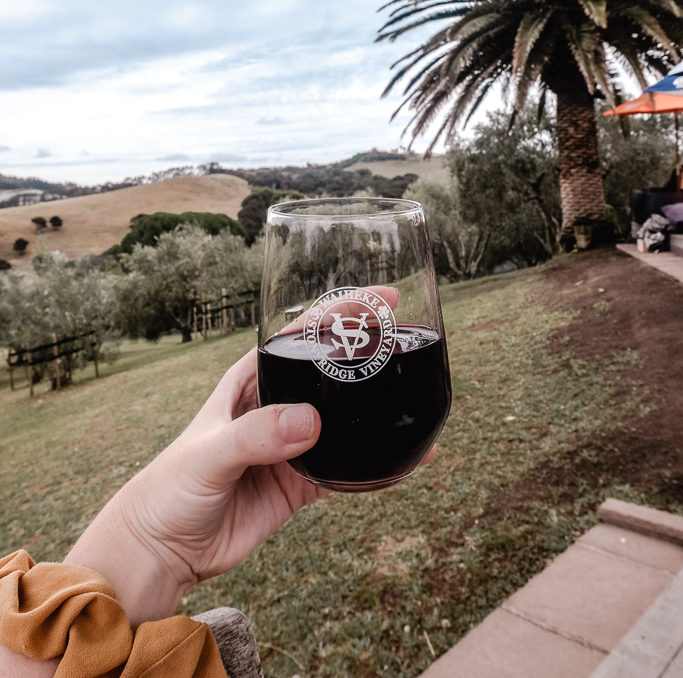
Stonyridge Vineyard Waiheke Island
Vineyards like those in Hawke’s Bay and the Marlborough Region host tastings against a backdrop of golden leaves. It’s also a great period for scenic drives or helicopter rides to witness the breathtaking autumn scenery.
May and June
In May and June, New Zealand cools down, with daytime temperatures between 14.1-16.7°C (57.4-62.1°F). Nights get chillier, especially in the south, dropping to 6.9-8.7°C (44.4-47.7°F). This period marks the shift into winter. Expect cooler weather, more rain, and maybe some early snow in the Southern Alps. The North Island is milder and drier than the South. Coastal areas stay warmer than inland, especially at night. Higher altitudes, particularly in the Southern Alps, see cooler temperatures and more frequent snow.
As the country transitions into cooler temperatures, these months offer unique opportunities for outdoor activities, making it the best time to visit New Zealand for nature enthusiasts.
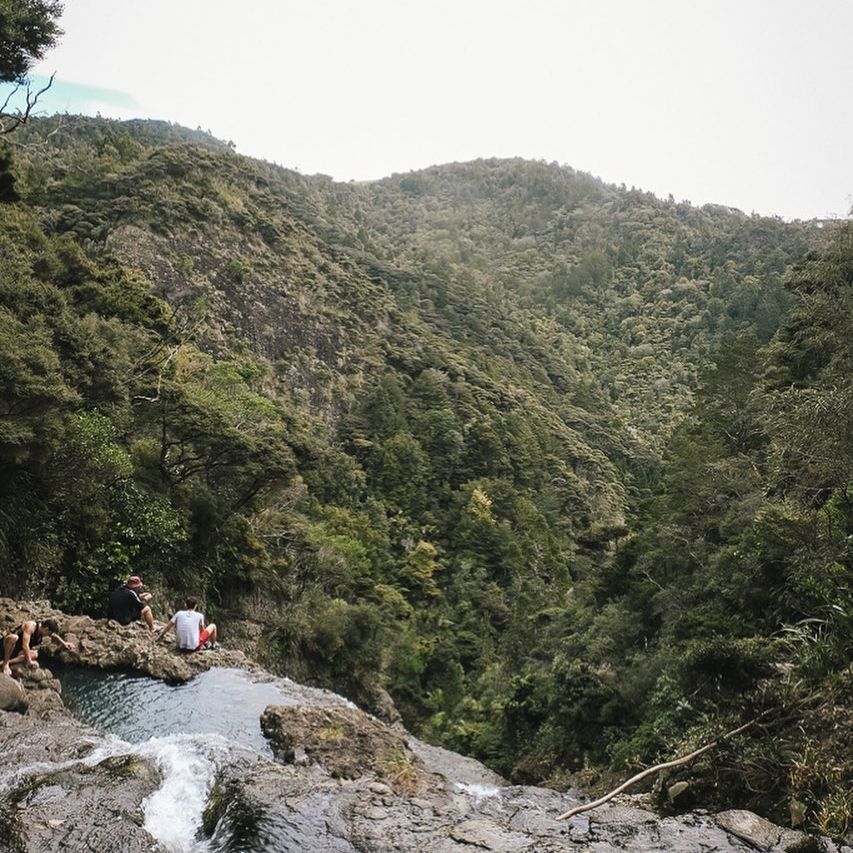
The top of Kite Kite Falls, Piha
June is particularly special for whale watching as the majestic animals migrate closer to the coasts. Kaikoura, known as the whale watching capital of New Zealand, offers unforgettable encounters with humpback whales in June (and sperm whales and dolphins all year round).
Marlborough Sounds, with its intricate waterways at the South Island’s top, also becomes a mecca for orca, minke, and pilot whales during this time . Near Auckland, the Hauraki Gulf Marine Park offers a blend of city exploration and wildlife spotting. While Bryde’s whales are the main attraction, the chance to see dolphins and sea lions adds to the experience, even if whale sightings aren’t guaranteed. The best way to see whales in Auckland is to do the Auckland Whale & Dolphin Safari. When I did the tour we saw Orca’s and Dolphins in the gulf and around Waiheke Island.
July and August
In July and August, New Zealand hits its coldest with daytime highs of 12-14°C (53.6-57.2°F) and frosty nights dropping to 1-6°C (33.8-42.8°F). These months are the wettest, with frequent rain and snow in the Southern Alps, perfect for winter sports. The South Island is colder and snowier than the North. Coastal areas are milder than inland, but winds can chill.
These months are when the South Island truly becomes the stage for winter sports enthusiasts, with ski resorts like Treble Cone and Coronet Peak offering slopes that cater to every level of skiing and snowboarding skill. For those seeking an adrenaline rush beyond the conventional, heli-skiing or heli-boarding is a unique activity you can book onto near Queenstown and Wanaka.
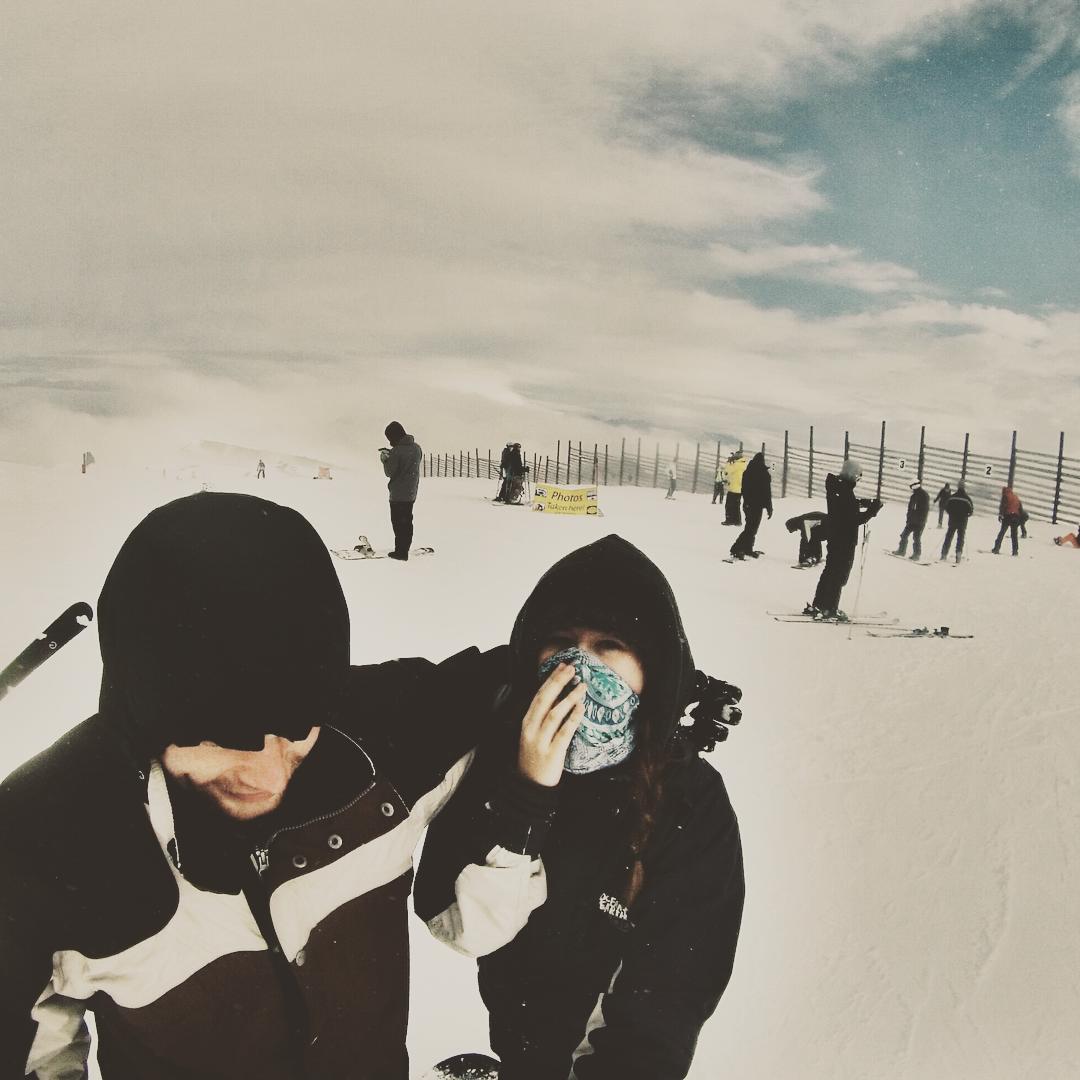
An oldie but a goody – Snowboading in Cardrona New Zealand
The TranzAlpine railway is also a not-to-be-missed experience, taking passengers on a scenic tour through the heart of the Southern Alps. Similarly, Milford Sound, under the winter’s chill, becomes even more beautiful. Cruises sail through the dramatic fjord, where the waterfalls cascade with renewed vigor due to the extra rain, against a backdrop of towering peaks. You can read more about how to get to Milford Sound from Queenstown here.
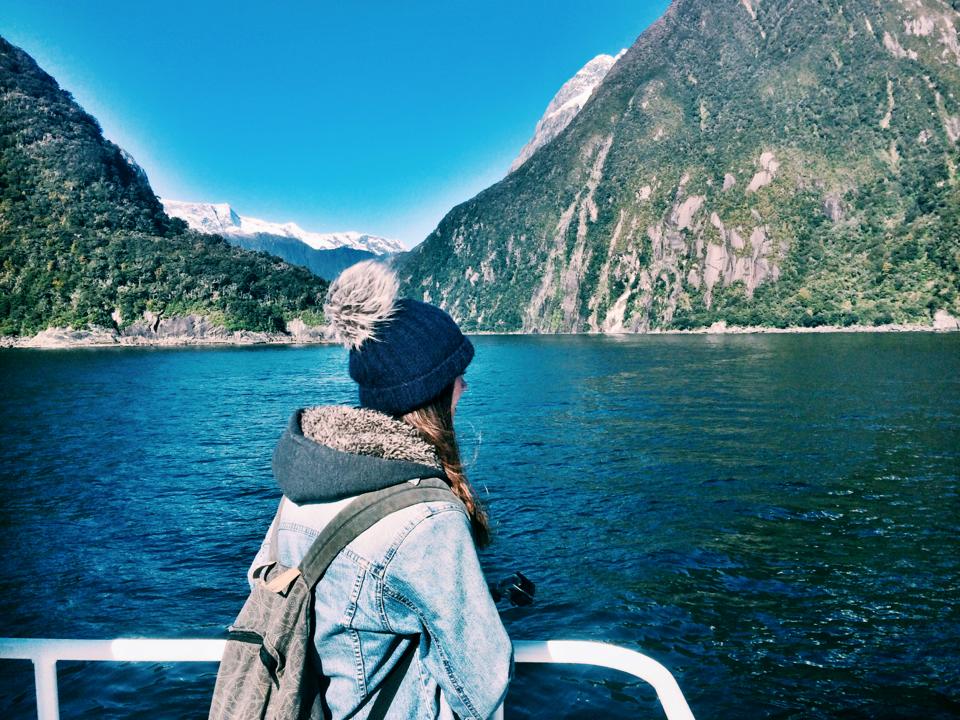
On the cruise through Milford Sound
The cold days are also great for experiencing New Zealand’s geothermal landscape, particularly in Rotorua. For those seeking a bit of warmth during these months, Rotorua’s hot springs are a nice retreat from the chill. Allowing for a relaxing and unique soak in geothermal waters indoors. Additionally, while South Island is very cold during these months it’s a great time to visit the Onsen Hot Pools in Queenstown. Offering a spa experience under the backdrop of the mountains.
Wellington also buzzes with the Visa Wellington on a Plate festival, turning the city into a culinary hotspot that celebrates local flavours, innovation, and the art of food. The New Zealand International Film Festival also starts in July, spreading across various cities.
September and October
In September and October, New Zealand welcomes spring with some rising temperatures. September sees cooler days, ranging from 16-19°C (61-66°F), and nights at 7-10°C (44.6-50°F). By October, it warms up to 18-21°C (64-70°F) during the day, with nights between 8-11°C (46.4-51.8°F). The weather shifts to more sunshine and less rain, though early spring mornings can still feel quite cold. The North Island is generally warmer and drier than the South Island during these months.
As warm days start to replace the cold of winter, nature comes alive, making it a great time for outdoor activities. Hiking trails are quieter, offering peaceful walks among blooming native greenery. Visiting New Zealand’s waterfalls in September and October is especially rewarding, as spring’s increased water flow makes them fuller and more dramatic.
However, spring weather can change fast. It can be sunny one moment and rainy the next. So, packing layers is wise to adjust to these changes, as spring can bring all four seasons in one day. This season lets you explore New Zealand’s landscapes with fewer tourists, providing a calm before the busy summer.
November and December
In November, New Zealand warms up with days at 19-22°C (66-72°F) and nights at 10-13°C (50-55°F), perfect for outdoor fun as summer begins. December sees temperatures rise to 22-25°C (72-77°F), with long, sunny days ideal for beach visits and minimal rain, though evenings will still remain mild.
November and December mark the transition into New Zealand’s summer. This is the best time to visit New Zealand if you like hiking and exploring the outdoors. National parks are less crowded, and it’s a great time for bird watching, as native species are more active.
By December, summer is in full swing. Beaches become prime spots and the warm temperatures and clear skies are ideal for camping and star gazing. In November and December, New Zealand’s Dark Sky Reserves offer great stargazing with warmer nights and clear skies. Aoraki Mackenzie, Great Barrier Island, and Stewart Island/Rakiura boast minimal light pollution, perfect for viewing constellations and planets.
These months also offer the chance to engage in unique experiences like kayaking in the Abel Tasman National Park. Its clear waters and golden beaches are more inviting than ever. For adrenaline seekers, activities like bungee jumping and skydiving are at their best, with clear days providing stunning views.
However, December time also marks the start of the tourist peak season. Popular spots can get more crowded, and prices for accommodation and activities may rise. Early planning and booking are essential to secure the best deals and avoid disappointment.
What is the Cheapest Time to Visit New Zealand?
Identifying the cheapest time to visit New Zealand involves understanding the country’s tourism patterns and weather cycles. Which sounds really simple doesn’t it?
Generally, the cheapest time to visit New Zealand spans the winter months of June to August. This timeframe avoids the peak tourist season, offering lower prices on flights and accommodation, with the exception of ski resort areas which might see a surge due to the skiing season. The first time I visiting New Zealand was during this time, where we spent 5 weeks travelling around the country in a campervan. Whilst it was chilly (compared to Bali where we’d just been), the whether was still great and we managed to get in a lot of different walks in, despite a few of the national parks being closed.
These months mark the heart of New Zealand’s winter. For travellers not headed to the ski slopes of the Southern Alps, this period can significantly cut down travel expenses. Accommodations outside of ski resort towns like Wanaka and Queenstown offer some of the lowest rates of the year, and airlines tend to lower their prices to attract visitors during this off-peak season. Attractions are less crowded, providing a more laid-back experience, though it’s important to note that some may have reduced hours or be closed, especially in more remote areas.
Cheapest Time to Visit New Zealand by Month
March to May (Autumn): Post-summer, as the crowds disperse, the prices for flights and accommodations start to decrease. The weather remains pleasant, ideal for outdoor activities without the summer’s intensity. Autumn also brings stunning foliage, particularly in regions like Central Otago, adding a scenic backdrop to your travels without the high cost of peak season.
September to November (Spring): Similar to autumn, spring offers a sweet spot with manageable costs and the added beauty of blooming landscapes. While occasional school holidays in September may cause brief price hikes, overall, these months present a good balance of cost and experience, with warming weather suitable for a wide range of activities.
December to February (Summer): This peak season sees the highest prices across the board. From accommodations to tour packages, expect to pay premium rates. While experiencing New Zealand in its summer glory is undeniably appealing, budget you should prepare for the financial impact of visiting during these months.
Tips for Saving Money Regardless of the Season
- Flexibility with travel dates can unlock better deals, especially if you can visit during the shoulder seasons.
- Exploring less popular airports and considering alternative transportation within New Zealand can offer savings.
- Opting for accommodations like hostels, guesthouses, or camping can dramatically reduce your expenses.
- Self-catering by shopping at local supermarkets and cooking your own meals helps avoid the high cost of dining out frequently.
Ultimately, the cheapest time to visit New Zealand spans from June to August, with the shoulder seasons of March to May and September to November also offering considerable value. Planning and flexibility can further enhance savings, allowing for an enriching experience of New Zealand’s stunning landscapes and rich culture without breaking the bank.
So… When is the Best Time To Visit New Zealand?
So, my recommendation for the best time to visit New Zealand leans towards the shoulder seasons—March to May and September to November. These months strike a nice balance between enjoyable weather and more affordable travel options. You’ll escape the peak season crowds, bask in the moderate temperatures perfect for outdoor adventures, and still catch some of New Zealand’s scenic beauty in the midst of transforming.
However, New Zealand’s best time isn’t confined to just these periods. The summer months, December to February, offer sun-soaked days ideal for beach lovers and festival-goers, albeit at a higher price. Winter, from June to August, calls to those who are keen for snowy landscapes and some winter sports. If that’s your vibe, you’d probably want to visit during those times.
Ultimately, the best time for you to visit New Zealand hinges on your personal preferences, desired activities, and budget. New Zealand’s diverse landscapes and activities mean there truly is an ideal time for every type of traveller.
I’d love to hear about your experiences or plans for visiting New Zealand. Drop your thoughts in the comments below!


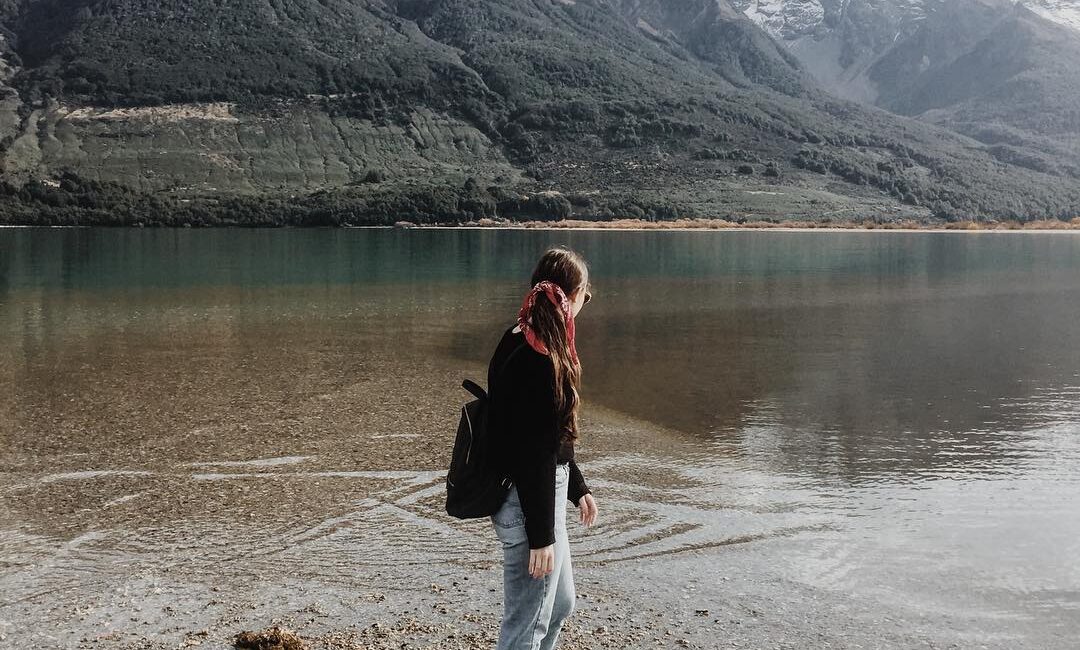
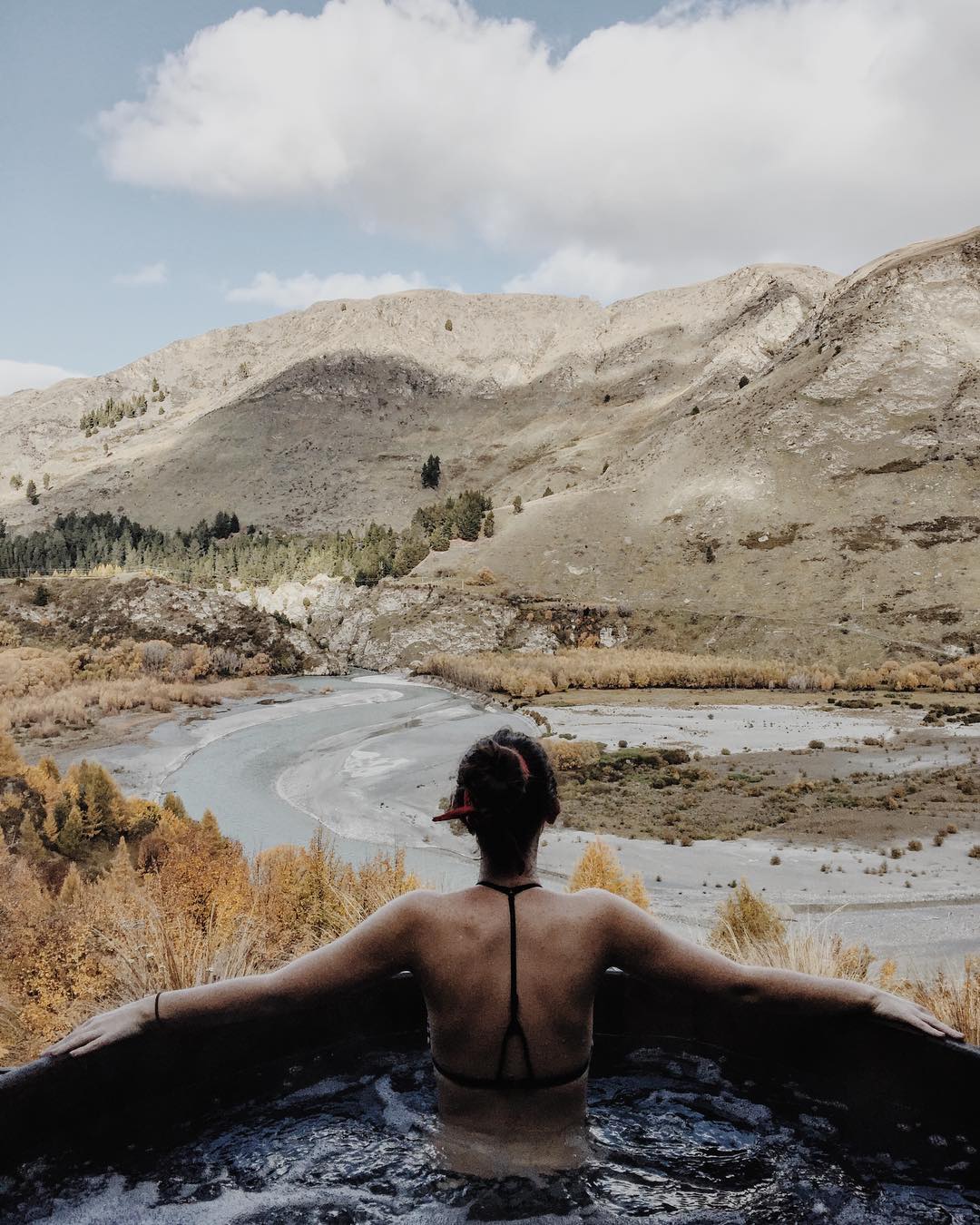
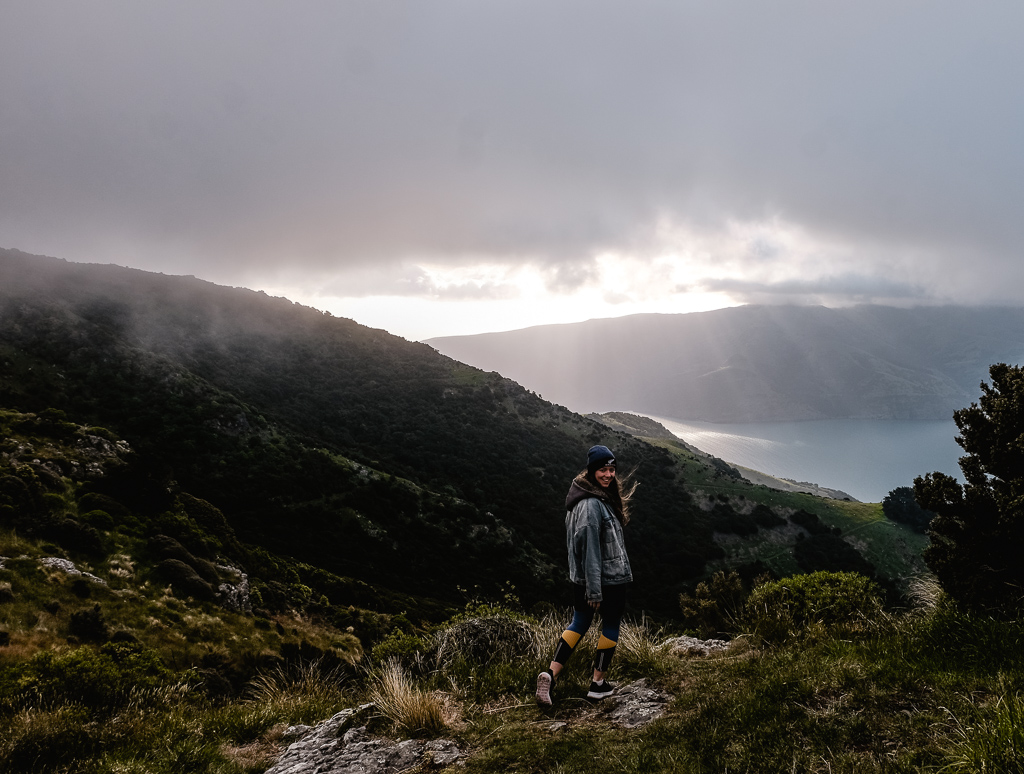
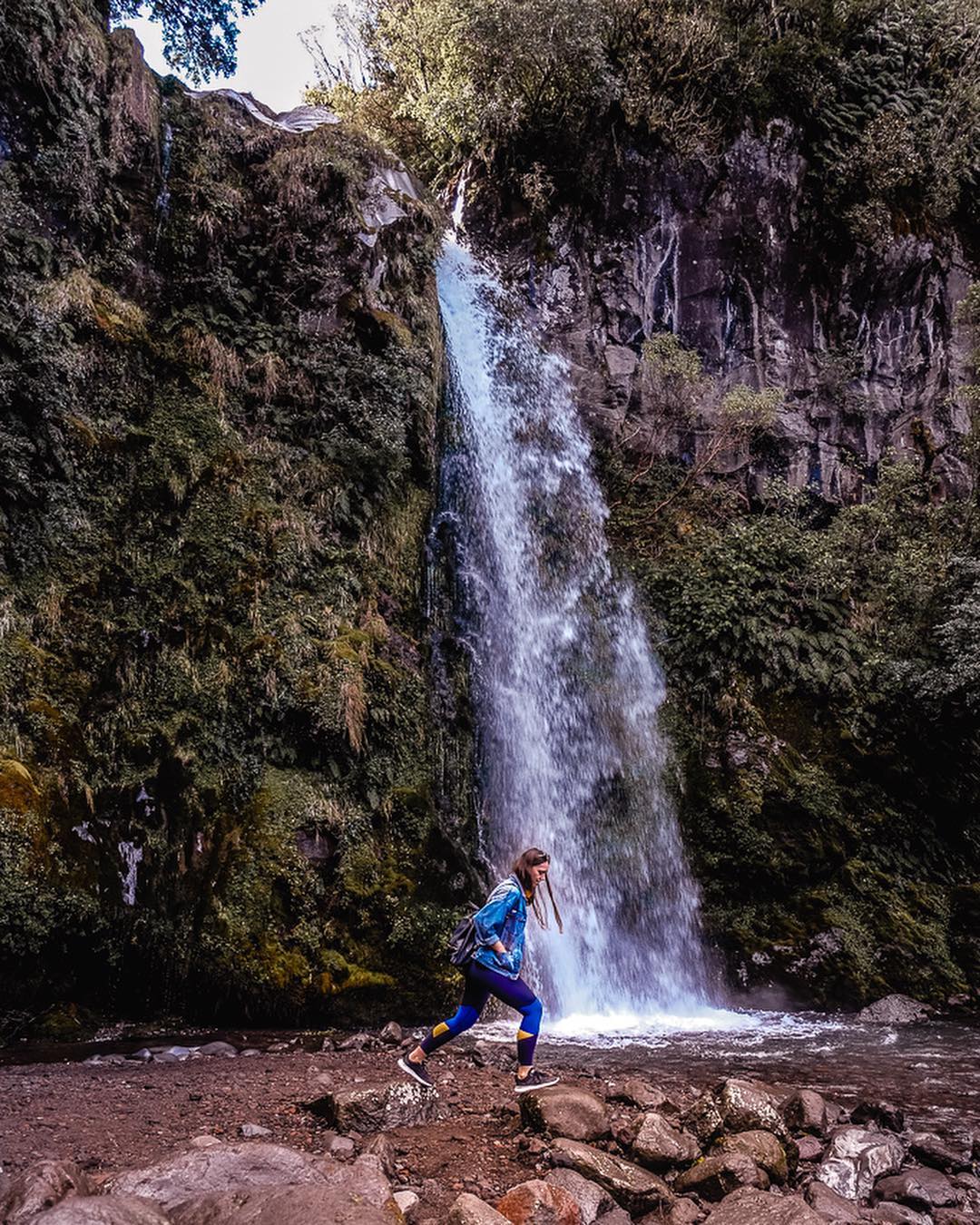
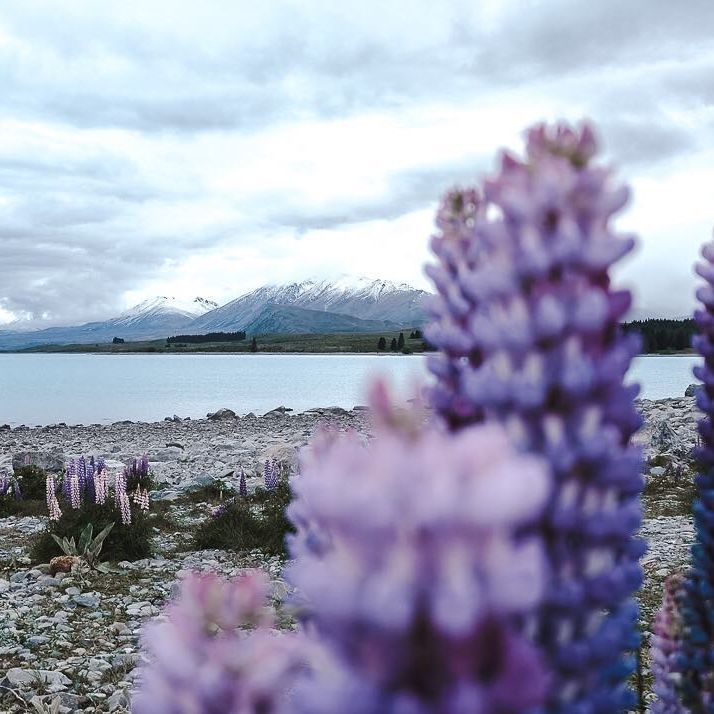
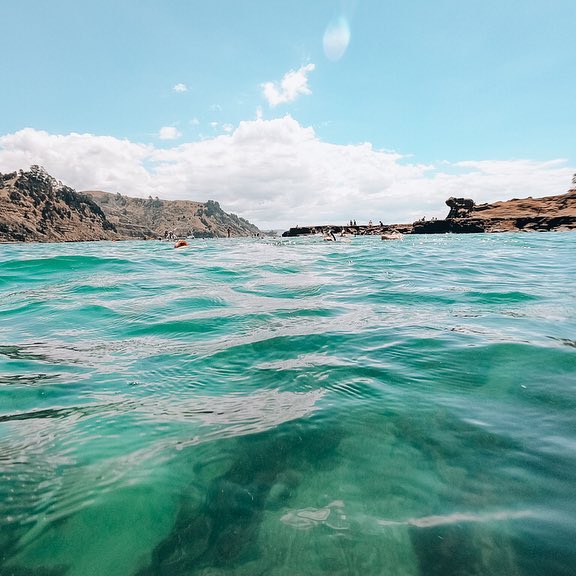
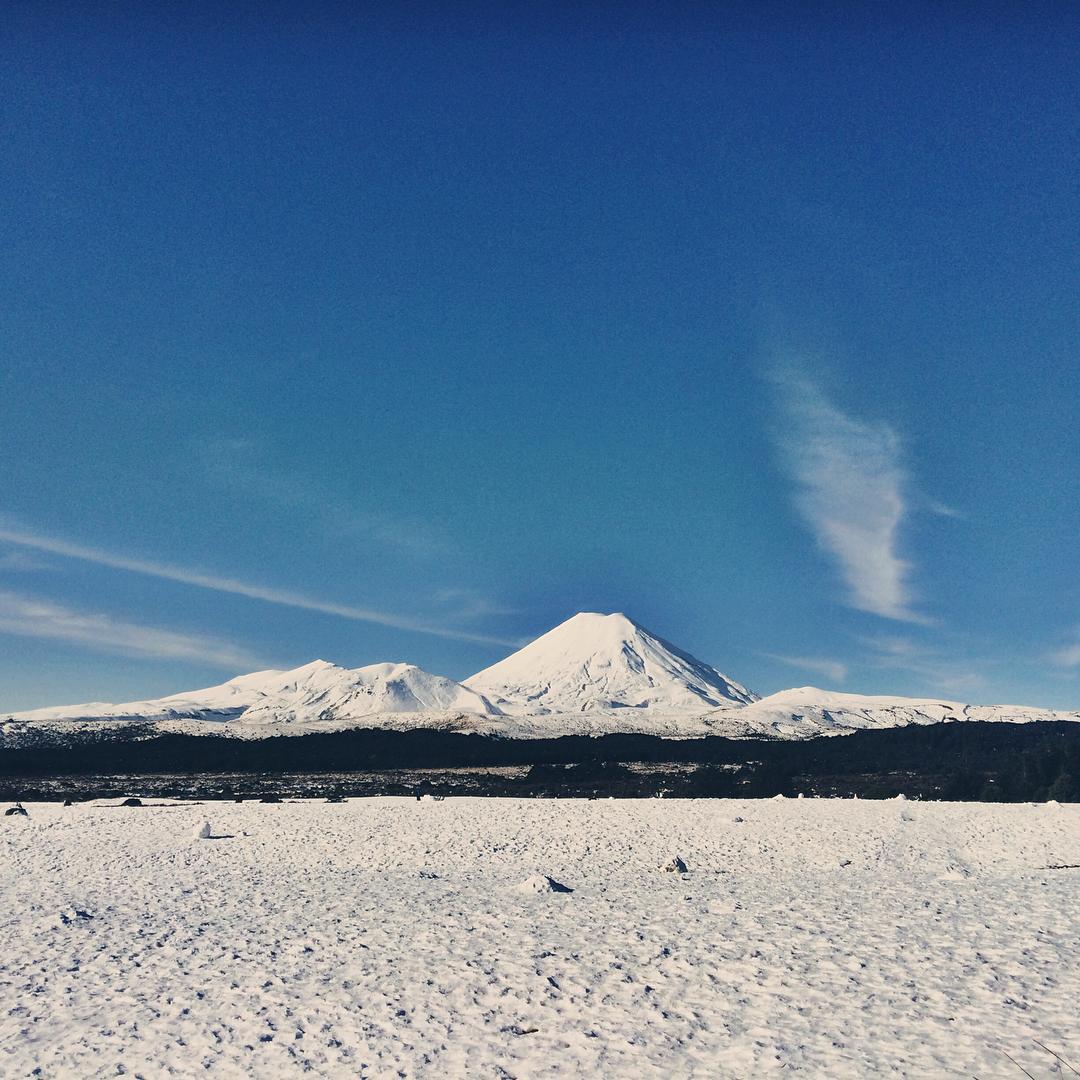
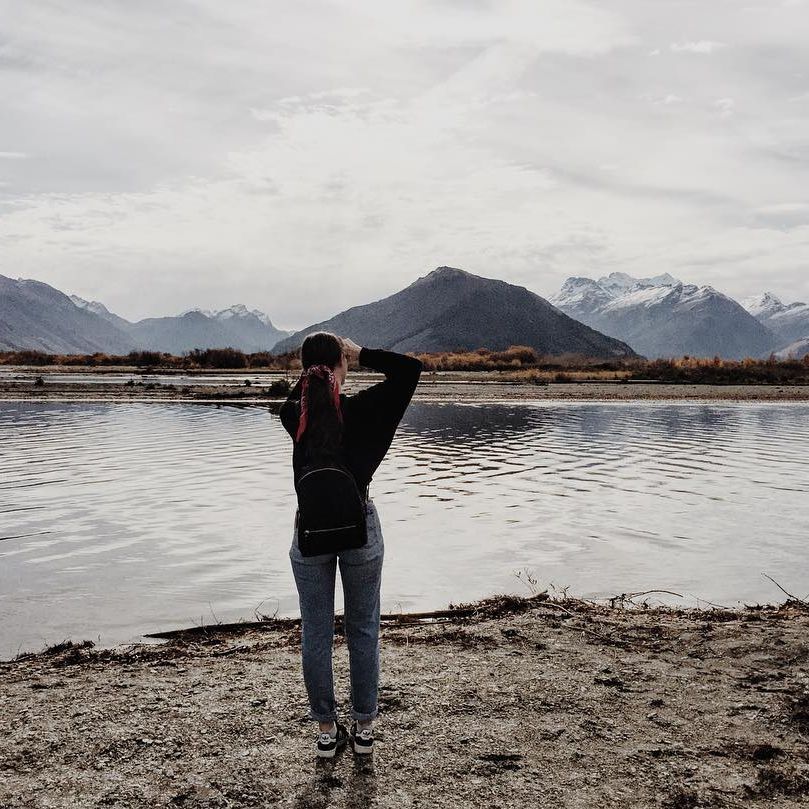
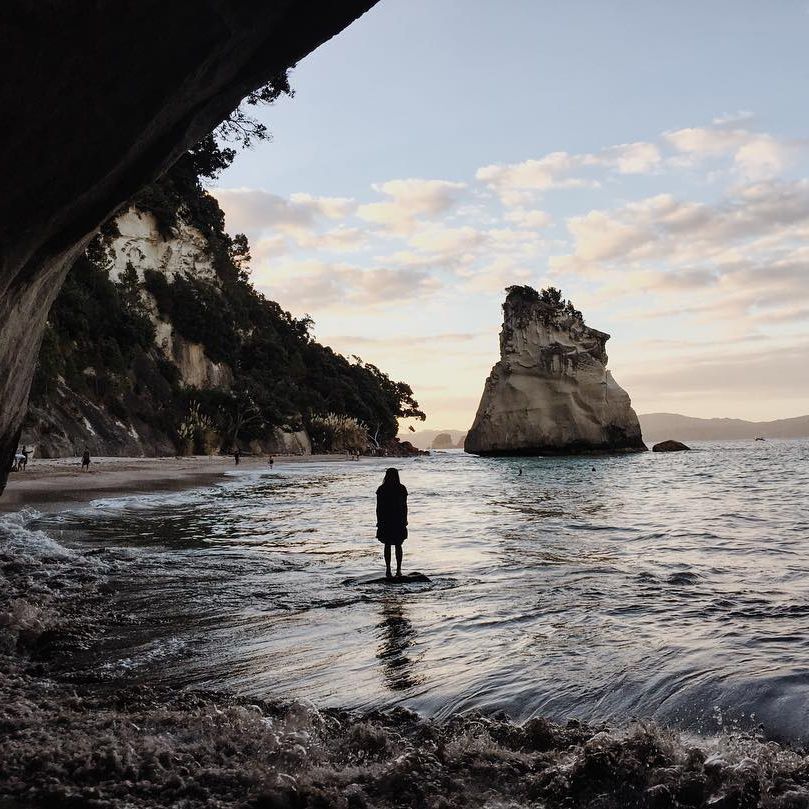
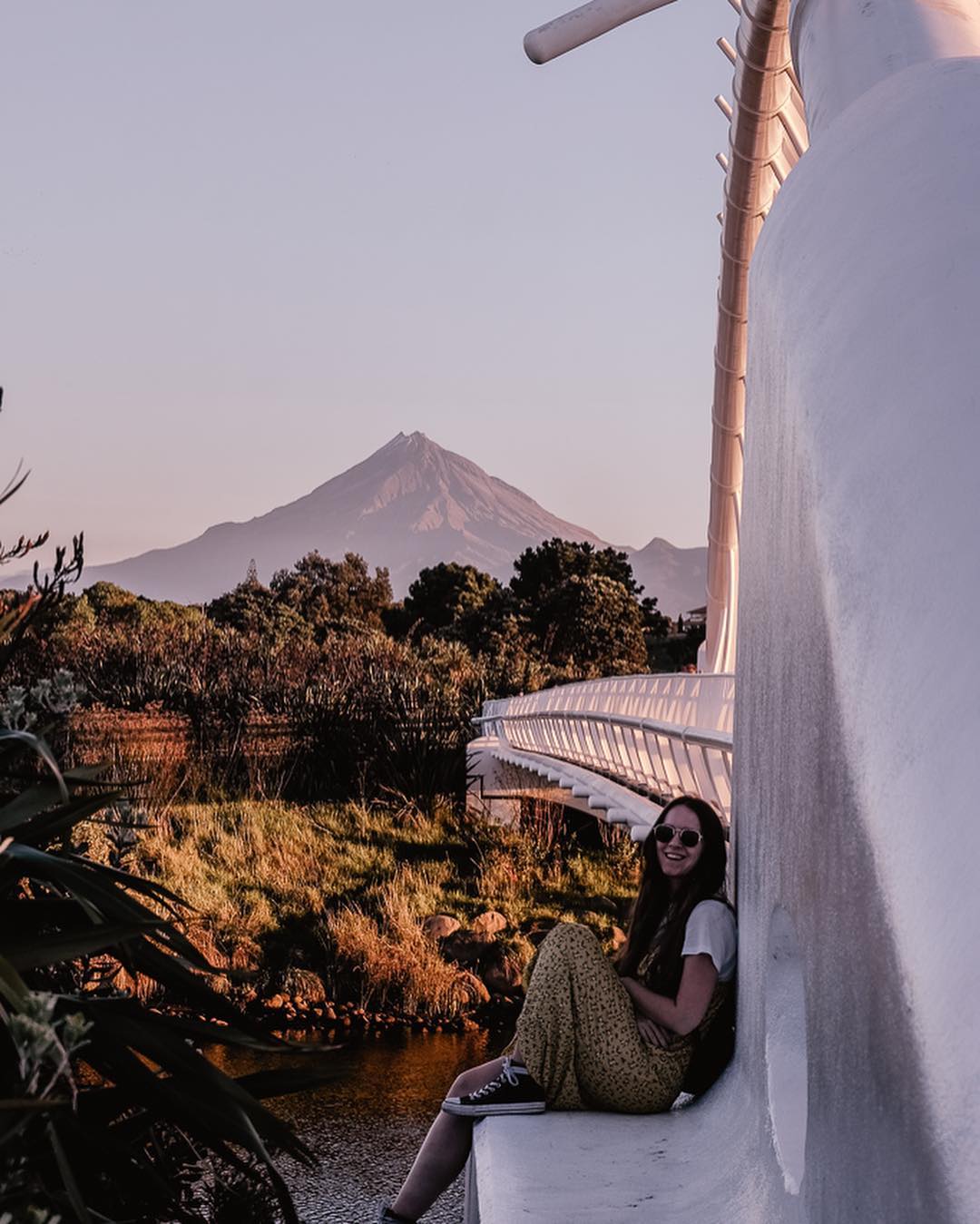
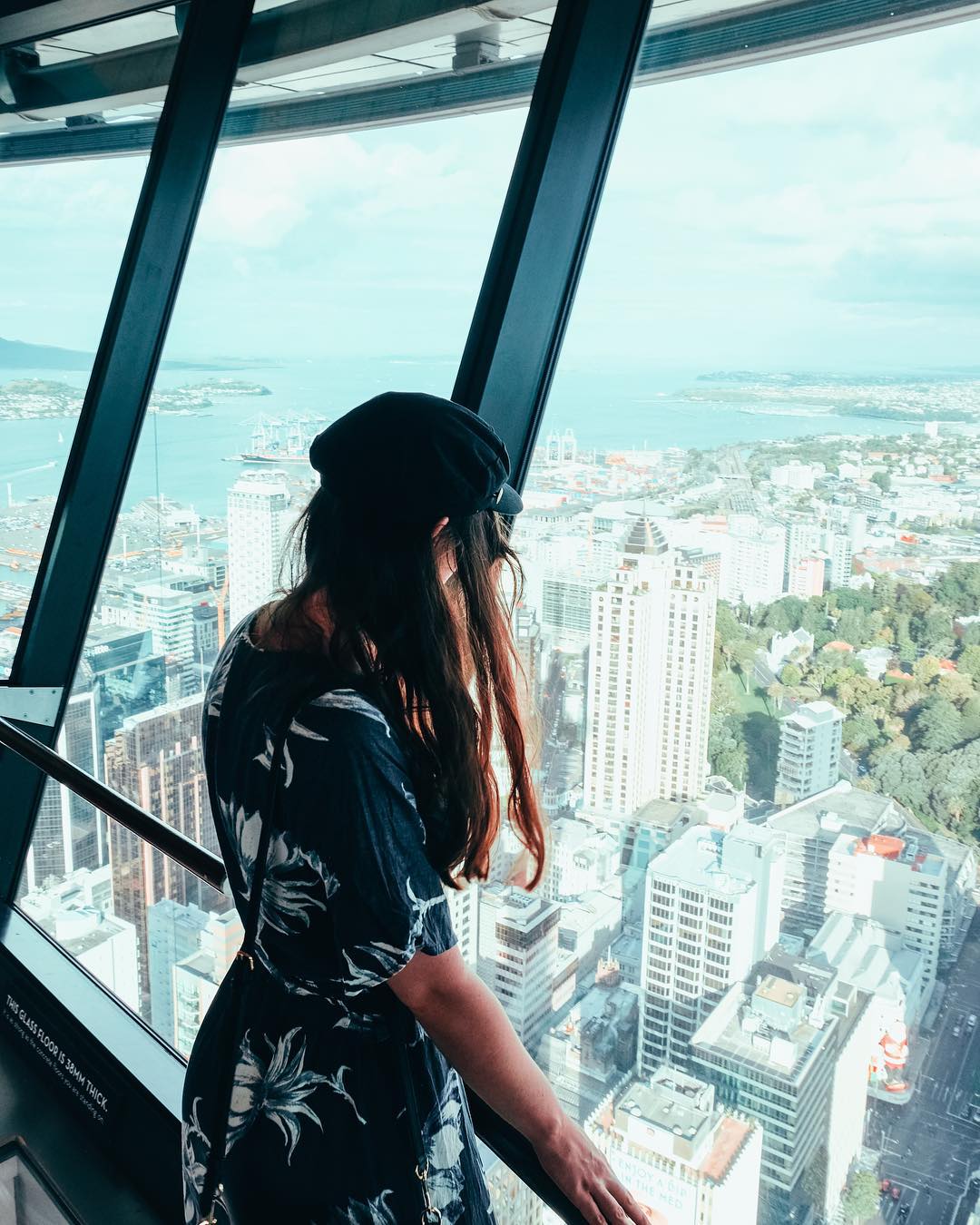












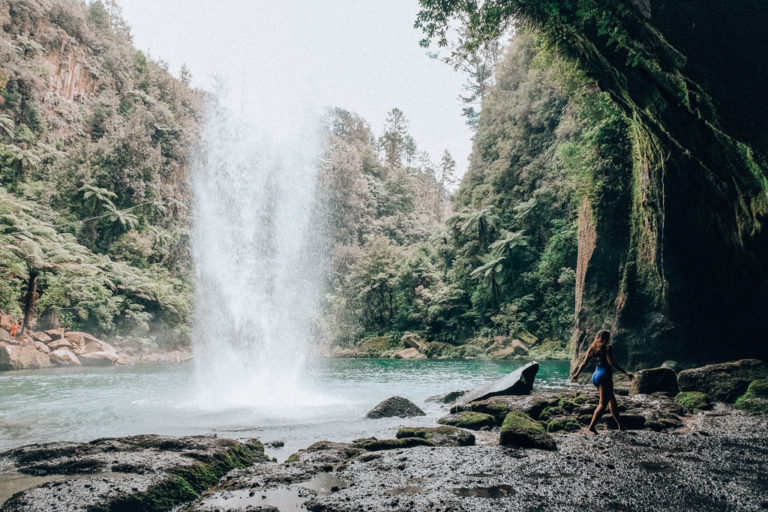

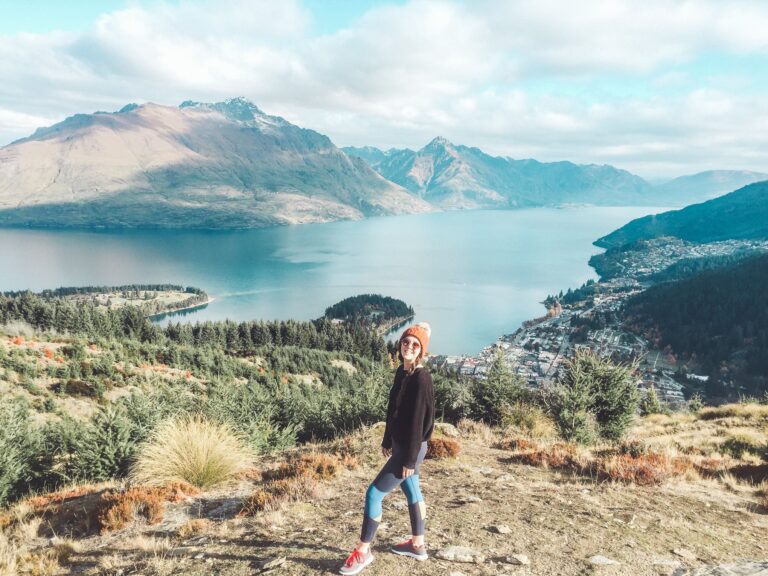
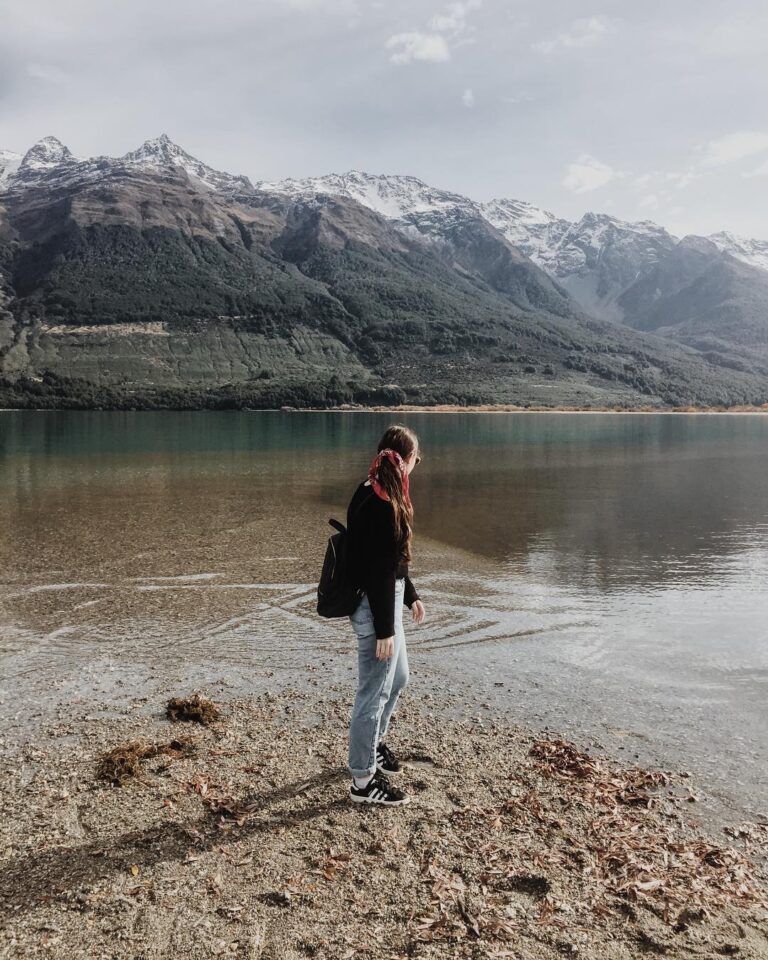





Jim Mahilton
The best month to go to NZ is February.